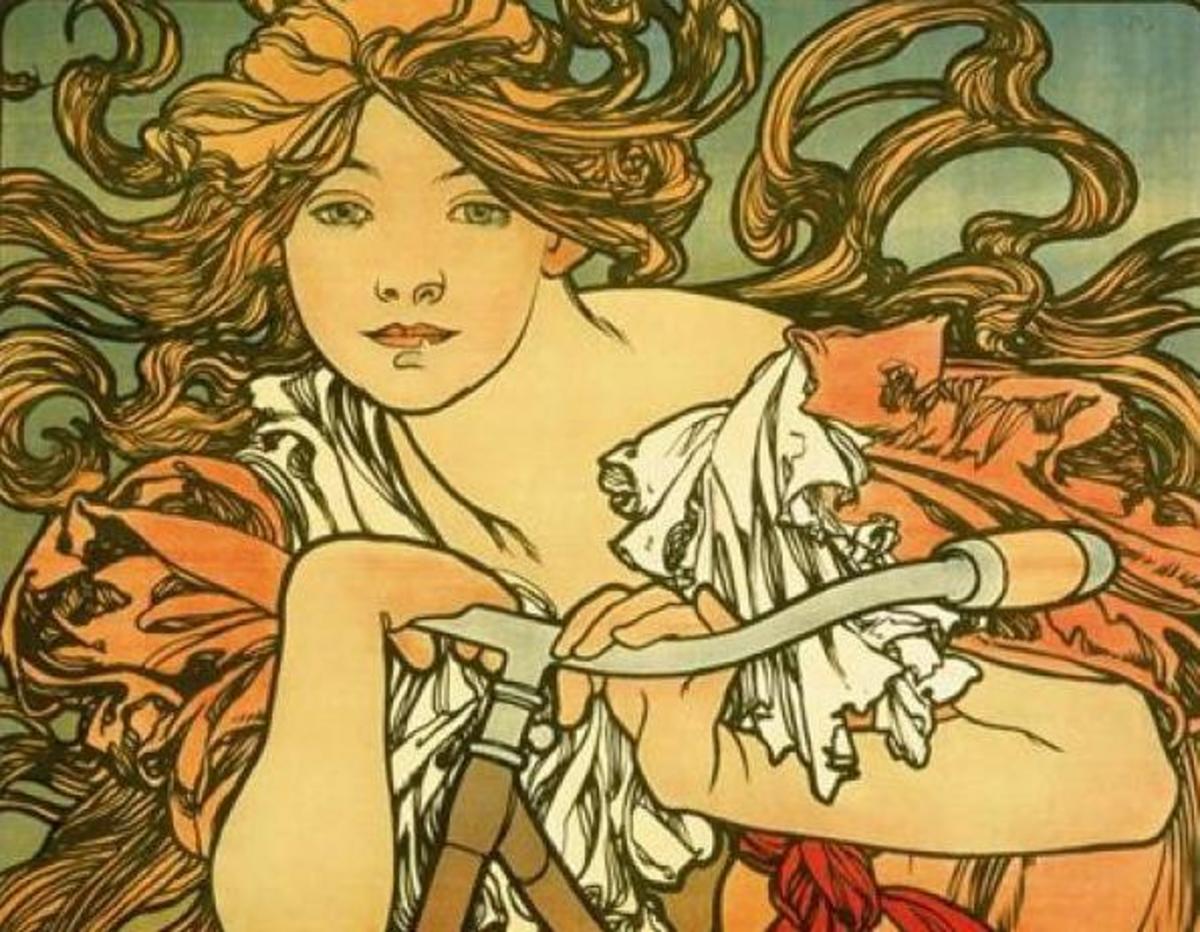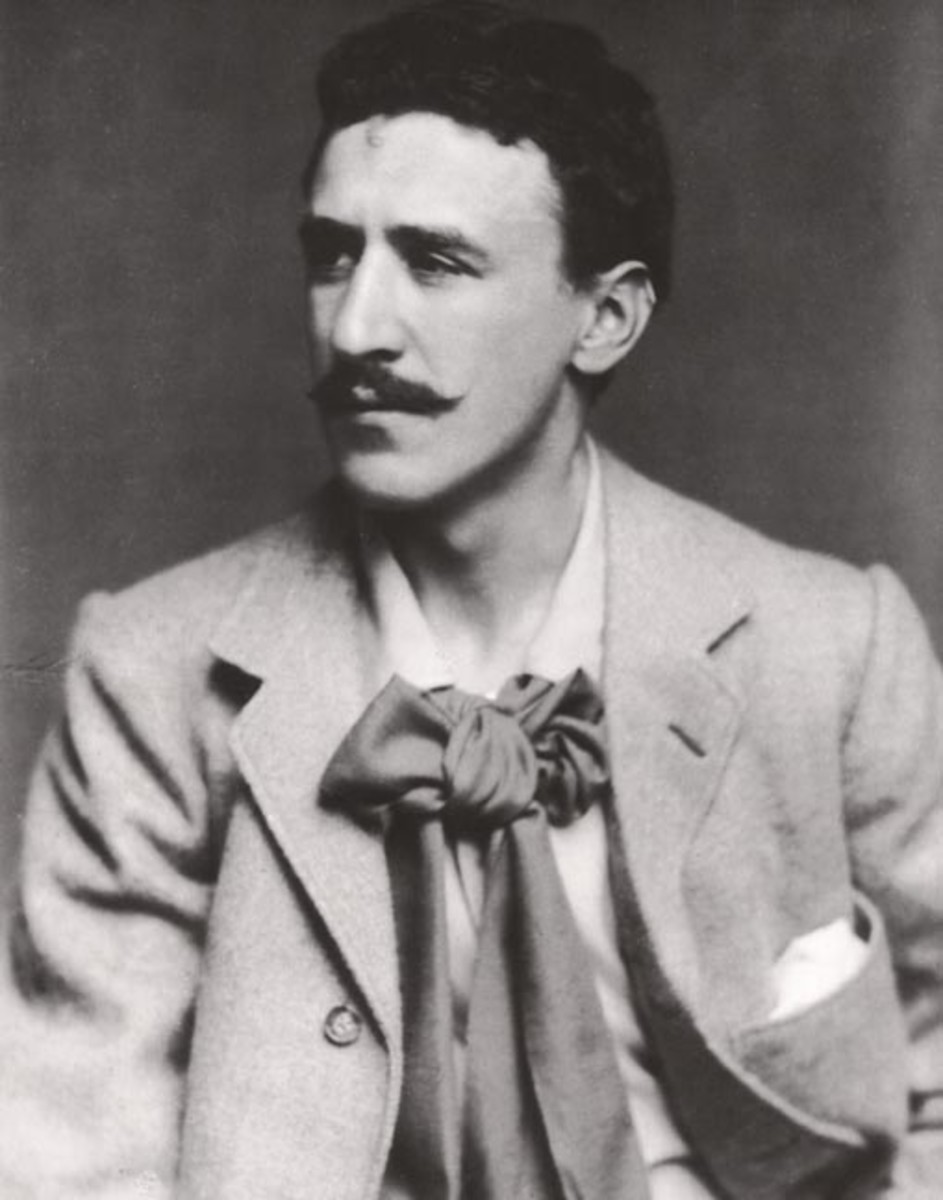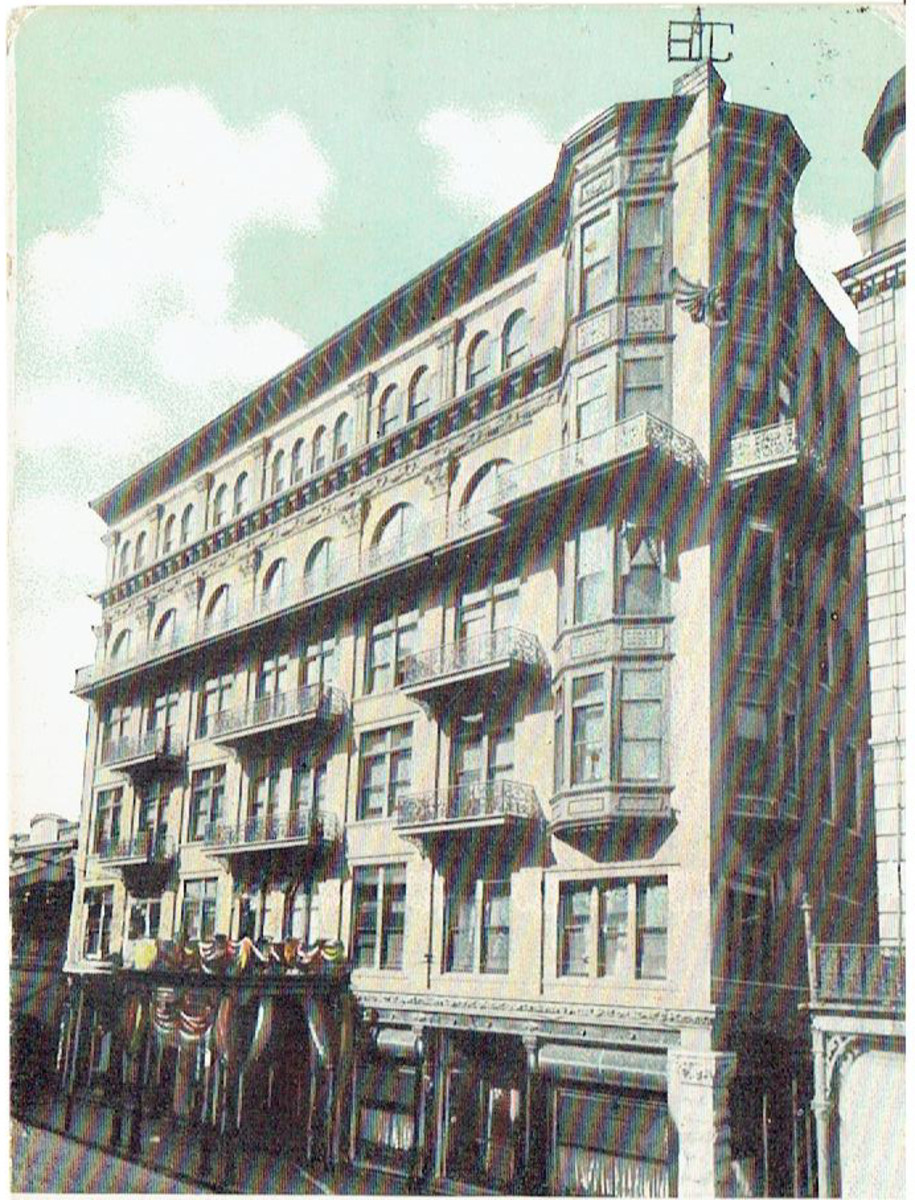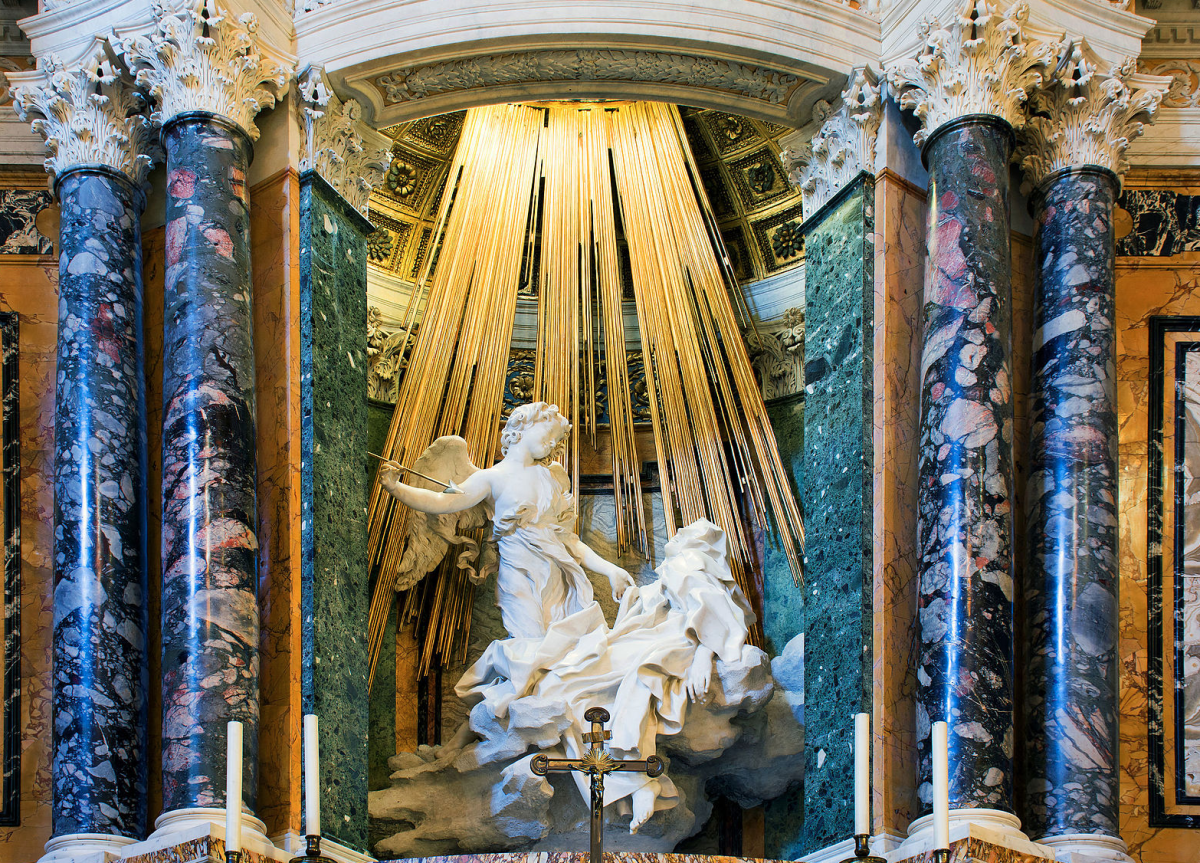- HubPages»
- Home and Garden»
- Home Decorating»
- Interior Design & Decor
Robert Adam and Neo-Classicism
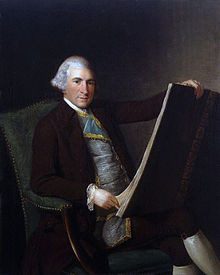
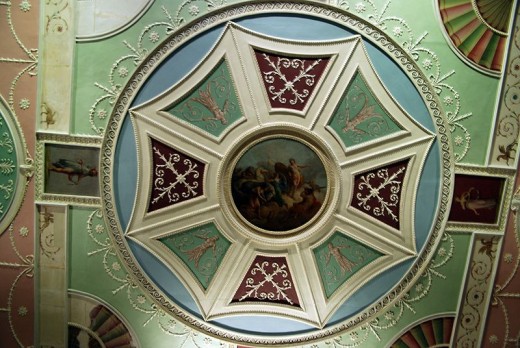
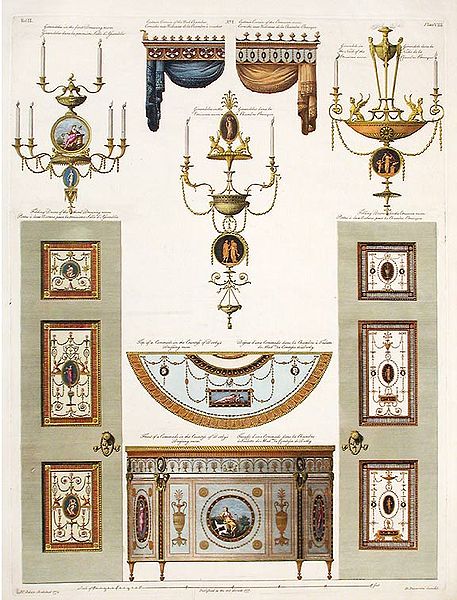
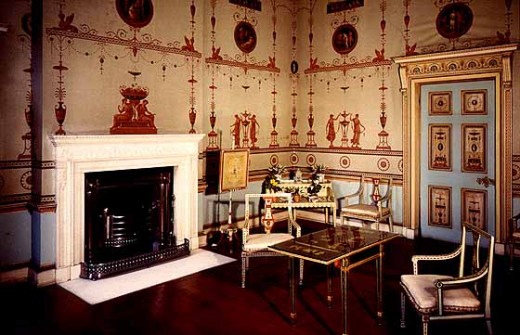
Robert Adam was innovative and influential enough to not only define Neo-Classical style in Britain but to have inspired the term “Adam Style” in generations after, an aesthetic that would permeate even American architecture and design as seen in the Federal Style. Adam can be credited also in changing the definition of the role of architect in that he designed house interiors in their entirety from their construction, to fittings and moldings, and furnishings, with the aid of craftsmen that worked in concert with his vision. While Classicism as interpreted in Neo-Palladian style, or British Palladianism, was established, it’s popularity waned and it was Adam that picked up its reigns and redefined the use of Palladian motifs, forms and style while imbuing less stoic decorative embellishments.
Adam’s life spanned the 18th century. He was Scottish and the son of prominent architect William Adam. Adam would continue on with the family business, working closely with his brother John Adam. While Adam started his career in Scotland as a master mason in his father’s practice some of Adam’s most formative years in terms of his development as an architect and designer were during his sojourn to Rome, his “Grand Tour,” in which he lived and studied there under the tutelage of renowned French artist and teacher Charles-Louis Clérisseau. Adam spent three years in Rome during the mid-1750s observing and drawing the ornamentation and style of Roman antiquity. At the end of his tour, he and his brother John travelled with Clerisseau to Diocletian’s Palace in Dalmatia and produced even more drawings of what they saw there. It was this wealth of documentation that allowed Adam to shape and extend his unique style so dependent on the ornamentation that he reproduced on paper. Added to this, were the many other things he brought back with him to England: antique fragments and other ornaments.
While Adam was profound in his artistic visions in how homes could be designed, he was also an acute business man and chose early on not to settle in Edinburgh but rather to reestablish the business in London. Adam was sociable and had a large circle of influential friends in London; hence, he excelled at attracting wealthy patrons for work in redesign and major work on urban and country homes. The scope of his business would come to stretch even further when in 1761 he was appointed Architect to the King’s Works under King George III. Adams by and large was hired to remodel or extend existing structures or to design domestic interiors, albeit he was architect for several public buildings, churches, mausoleums and even the Pulteney Bridge in Bath. Also unique about Adam and his commercial enterprise was the collaboration of family in so far that he had no need to hire apprentices or join with a business partner; this freed him to concentrate instead in establishing working relationships with highly skilled craftsmen that could help him execute his architectural visions.
In a way, the Adam style was an oxymoron: it combined a contemplative order with ornamental detail and extensive interior embellishment. Adam borrowed from the Roman classical style: the use the Roman orders, in so far as columns and pilasters, entablatures, arch forms, pediments, etc... However, what he added to classical elements ware embellishment and ornamentation not definitive of the Palladian movement. Instead of mimicking the style of the Roman temples, as did the Palladian, the Adam aesthetic was inspired by domestic spaces of the Roman life where decoration was more extensive and diverse, in which color and detail could be playful and expressive. Adam was also influenced by what was considered the “Etruscan style” (in retrospect, it was really Greek style) that was reflected in some of his decoration that resembled the grotesques and figures painted on classical era pottery. The “Etruscan Room” at Osterley Park in West London is a prime example of this decoration as is the preserved drawing room of Landsdowne House, also in London, with its grotesque decorated pilasters and ceiling. In some instances, Adam used bold colors that would be appropriate to a Baroque interior but alternatively, he often designed rooms using soft colors and pastels reminiscent of the Rococo . Another unique feature of Adam design was his use of half-domed niches, a feature reflective of Adam’s way of “softening” a room using rounded corners. He also used of half circles in stuccoed ceiling patterns that not only allowed decorative detail but elongated the space.
Adam oversaw practically every decorative detail in a room from top down but he also considered a room in reference to other rooms in the home, as if adjacent spaces created interior landscapes, and in terms of how each room was to be used. An example of this is at Syon House near London. The Long Gallery, a hallway between the dining room and drawing room, was designed in mind for the aristocratic women that travelled through the room after dinner, a space with many windows and delicate, feminine plasterwork. Adam was hired to remodel Syon’s interior in the 1760s and would ultimately redesign many of the rooms, as well as build an exterior rotunda. No two rooms were alike; the great hall, in black and white and other cool tones, marble and stucco detailing throughout, was decorated to resemble a Roman basilica with fluted columns, a large half dome, and statues or busts of robed ancients. However, included are details not representative of Roman style at all, like a Greek key pattern in the floor and circular ceiling medallion so emblematic of Adam style. In complete contrast to this room, the Ante Room or Vestibule is boldly decorated in gold, red and grey colors in the style of Imperial Rome.


